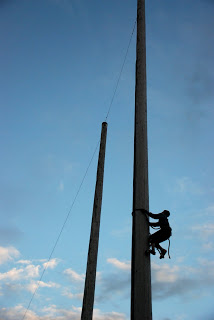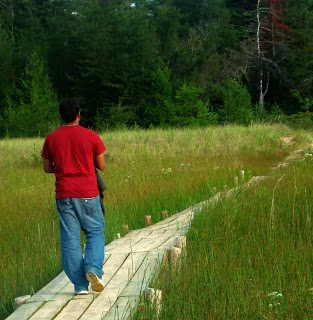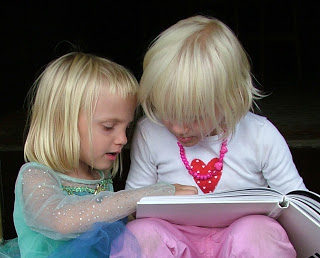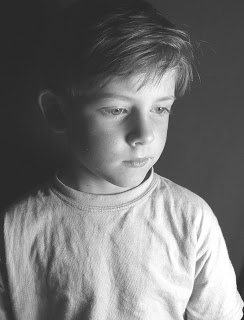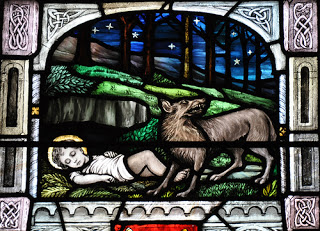Author Archives: admin
Failure Is Always an Option
I sometimes suspect that we’ve created a rigid dichotomy around the concepts of winning and losing. There’s first place (winner) and then there’s everything else (losers). But really? Would you really say that the Olympic athletes who don’t win a medal are losers? That the kids who finish second, third and fourth (etc.) in the National Spelling Bee are losers? Success is measured in many ways, not just by a glossy first place ribbon. I don’t advocate the “everybody gets a trophy,” standard, which rewards kids just for showing up. But somewhere between Failure Is Not an Option and Everybody’s a Winner there is a happy medium, where hard work is recognized and applauded, and perseverance is a reward that will enrich your child’s entire life – not to mention what your child might learn along the way about what she is capable of, and who she is as an individual.
Courage Quotation of the Day
Courage Quotation of the Day
“Volunteering is an act of heroism on a grand scale. And it matters profoundly. It does more than help people beat the odds. It changes the odds.” ~ President Bill Clinton
Happy National Volunteer Week! Do you agree with the above statement? Which of the Six Types of Courage fortifies your voluntary heroism?
Carnegie Heroes
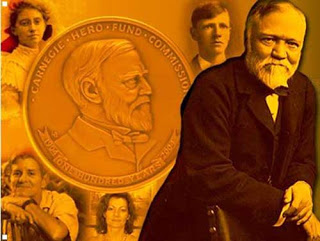
If you ever want to give your faith in humanity a boost, take a look at the hero profiles on the Carnegie Hero Fund Commission’s website. What is the Carnegie Hero Fund Commission you ask? From their website:
The two-fold mission of the Carnegie Hero Fund Commission: To recognize persons who perform acts of heroism in civilian life in the United States and Canada, and to provide financial assistance for those disabled and the dependents of those killed helping others.
Reading these profiles is truly inspiring, and you may begin to notice some themes running through these stories of ordinary citizens who performed extraordinary acts of courage – usually on behalf of strangers. Many of these heroes credit their family relationships with giving them the core belief that every life is worth saving. The influence of parents is clear in profile after profile. The youngest medal recipients of 2011, three teenage Florida boys who saved a woman from drowning, explicitly credit their parents. “I grew up with my dad helping people,” one of the young heroes told reporters. This is the influence of family connection and strong attachment.
A second theme is the influence of rehearsal, either mental rehearsal or actual practice. Another teen medal recipient credited the self-discipline he learned in baseball practice with helping him rescue a drowning man. Other recipients cite safety drills in childhood, or hearing stories of courage and service to others with inspiring them and encouraging them to act. It is because of this rehearsal that heroes are able to act “without thinking.” The thinking happens ahead of time.
A third theme I observed in these profiles was gratitude – not the gratitude of the people whose lives were saved, although of course that’s there! – but the gratitude of each of these heroes to have been able to help! That is a truly beautiful thing, in my opinion.
So do yourself a favor and read a few of these profiles. Share them with your kids. Who knows? Maybe one day the Carnegie folks will be honoring you.
.
Courage Quotation of the Day
More Evidence On the Power of Stories
A recent article in the New York Times, “The Neuroscience of Your Brain on Fiction” cited current research on what happens when we read (or listen to) fictional narratives. You may recall I wrote an article back in December in a similar vein, This Is your Brain on Stories. Again, it has been shown through fMRI scanning that reading words associated with sensory or motor activities stimulates not just the regions in the brain that are related to language processing, but to the specific sensory or motor activities being referenced. Stories thus act as simulations of activities or events, giving us the chance to live an experience we haven’t yet had. Scientists also speculate that lots of experience with fiction, with its rich metaphors and descriptions and exploration of character’s thoughts and emotions, helps to develop “theory of mind.” This is what helps us imagine what might be going on in someone else’s head, and gives us clues about how to proceed in social interactions.
The article does specifically mention how this affects children:
A 2010 study by Dr. Mar found a similar result in preschool-age children: the more stories they had read to them, the keener their theory of mind — an effect that was also produced by watching movies but, curiously, not by watching television. (Dr. Mar has conjectured that because children often watch TV alone, but go to the movies with their parents, they may experience more “parent-children conversations about mental states” when it comes to films.)
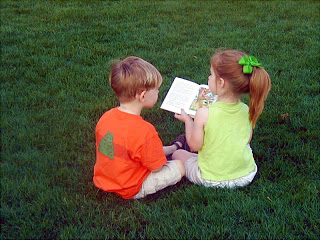 Cited in the article is Keith Oatley, an emeritus professor (University of Toronto) in cognitive psychology with a special interest in fiction and narrative. In this article in Greater Good magazine, Oatley describes findings of some of his research and research by colleagues. Reading fiction – stories – promotes greater social abilities, abilities that help us to understand the emotions and motivations of others. Additionally, reading (or listening to) stories produces measurable increases in empathy, which is a foundation of moral development, and thus moral courage.
Cited in the article is Keith Oatley, an emeritus professor (University of Toronto) in cognitive psychology with a special interest in fiction and narrative. In this article in Greater Good magazine, Oatley describes findings of some of his research and research by colleagues. Reading fiction – stories – promotes greater social abilities, abilities that help us to understand the emotions and motivations of others. Additionally, reading (or listening to) stories produces measurable increases in empathy, which is a foundation of moral development, and thus moral courage.
So, can I interest you in a tale or two?
Courage Quotation of the Day
In whatever area in life one may meet the challenges of courage, whatever may be the sacrifices he faces if he follows his conscience – the loss of his friends, his fortune, his contentment, even the esteem of his fellow men — each man must decide for himself the course he will follow. The stories of past courage can define that ingredient — they can teach, they can offer hope, they can provide inspiration. But they cannot supply courage itself. For this each man must look into his own soul. – John F. Kennedy, Profiles in Courage
St. Ailbe and the Wolf
Special thanks to acclaimed storytellers, Jennings and Ponder, for bringing this story to my attention.
.
Courage Quotation of the Day
Whatever you do, you need courage. Whatever course you decide upon, there is always someone to tell you that you are wrong. There are always difficulties arising that tempt you to believe your critics are right. To map out a course of action and follow it to an end requires some of the same courage that a soldier needs. Peace has its victories, but it takes brave men and women to win them. ~ Ralph Waldo Emerson

